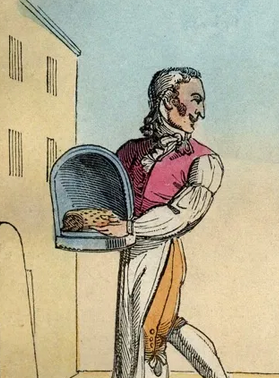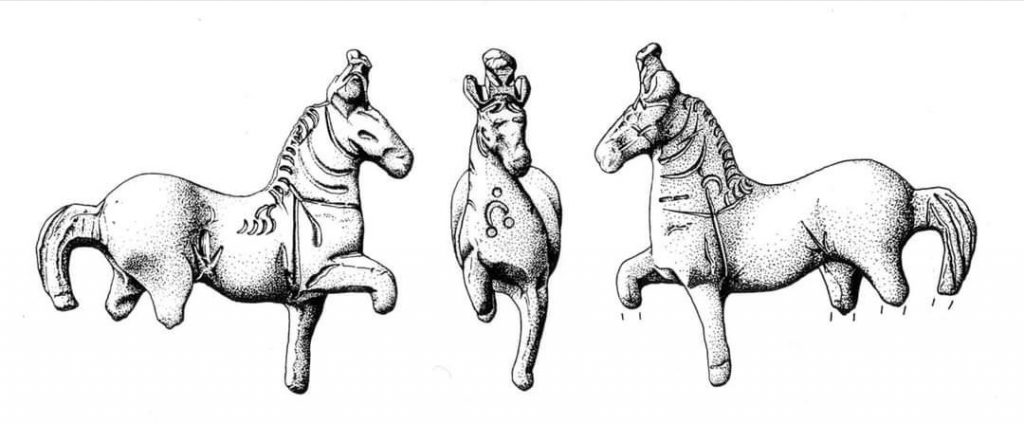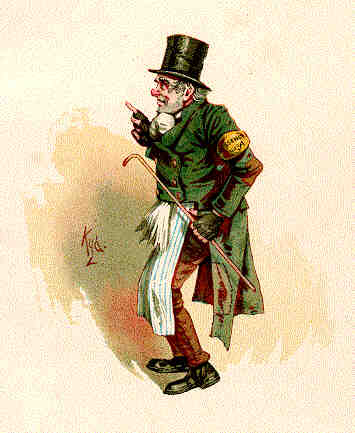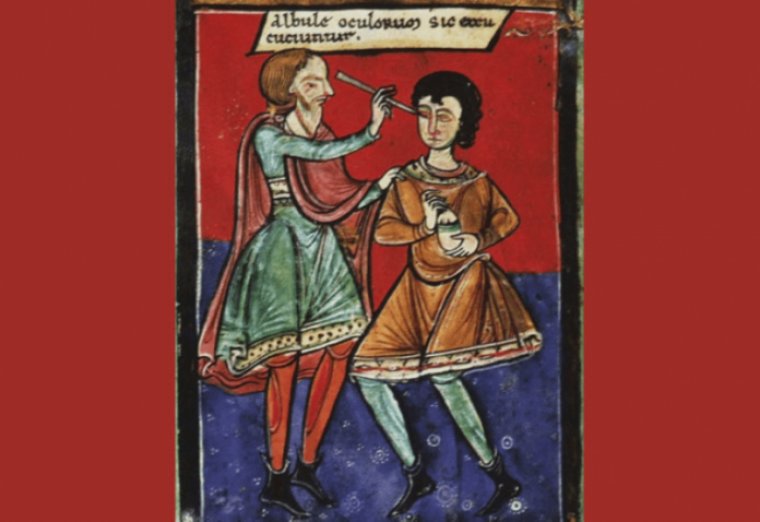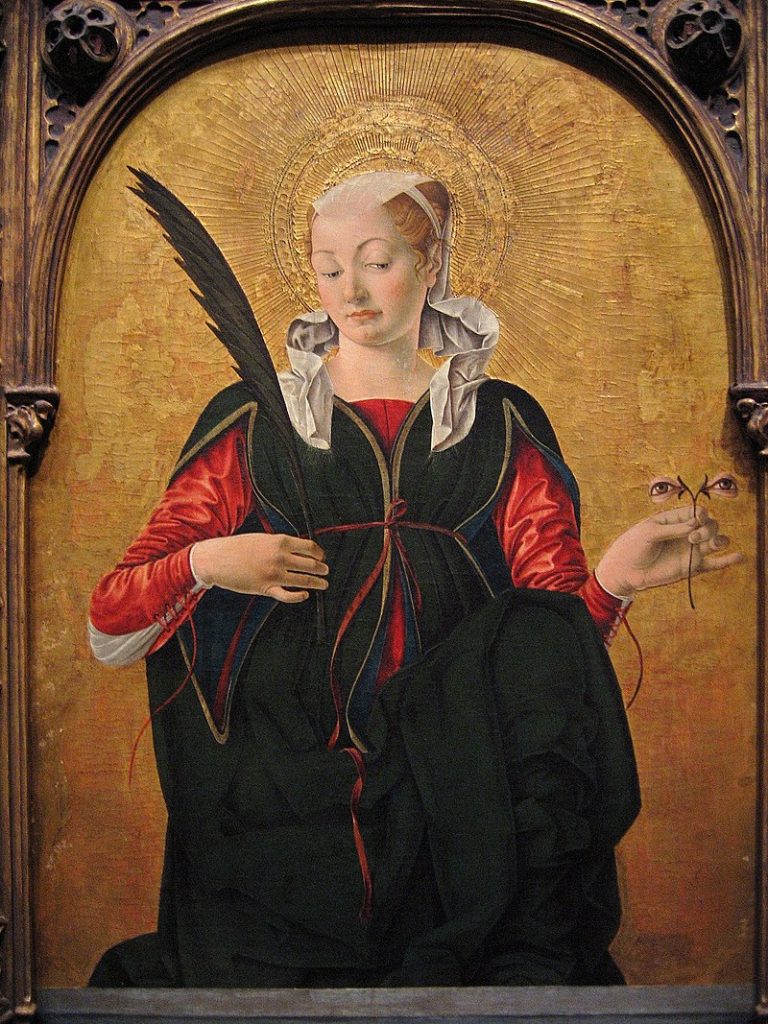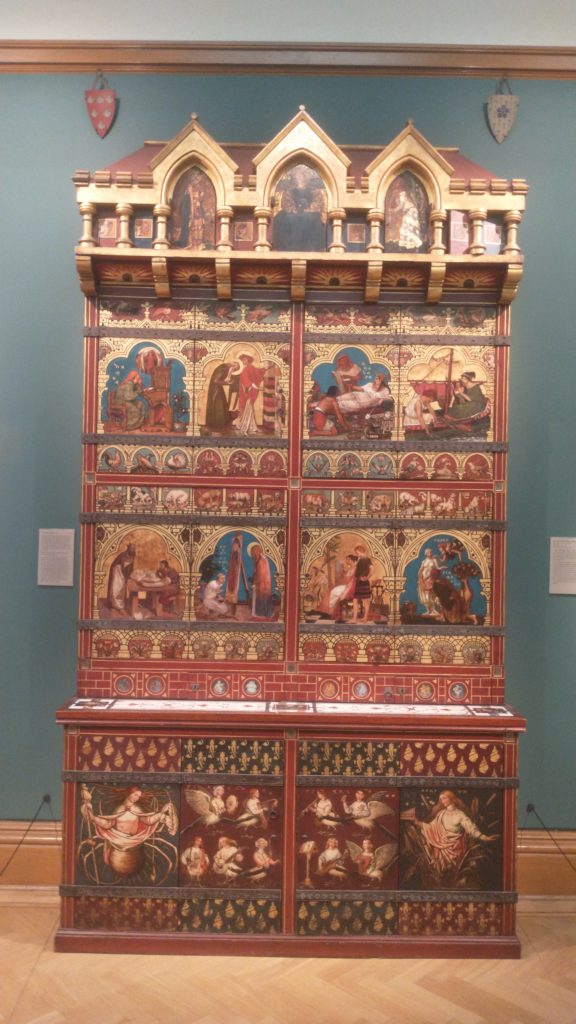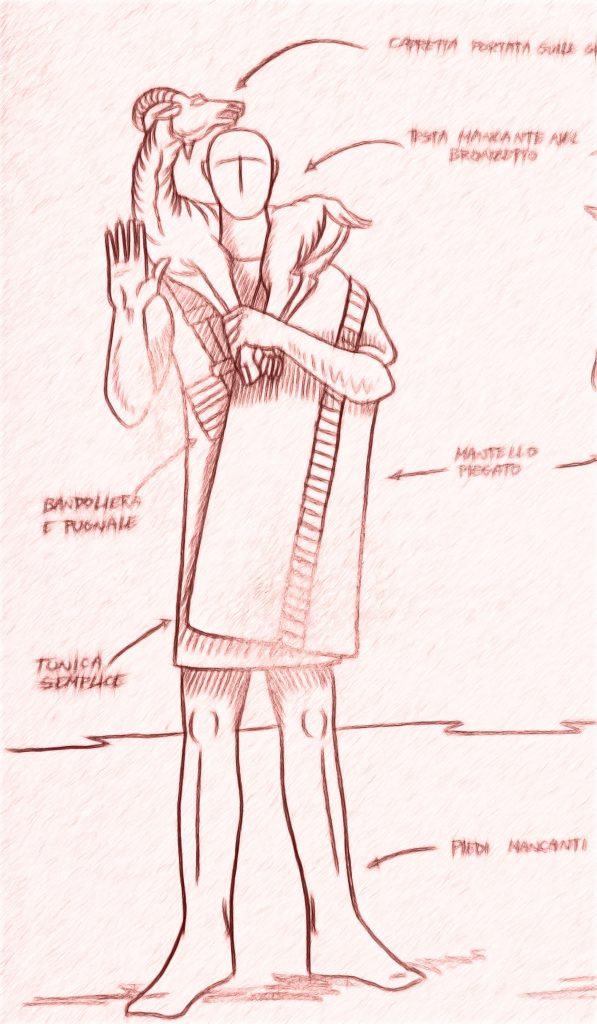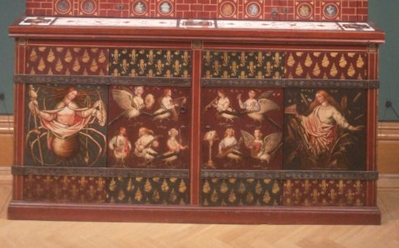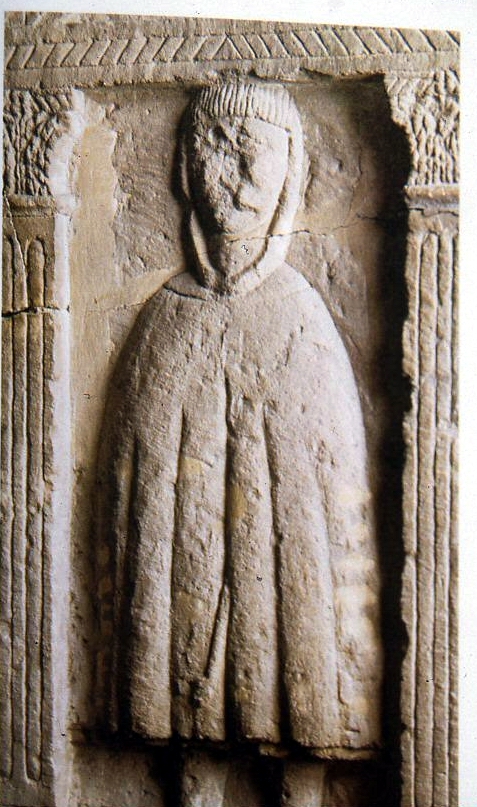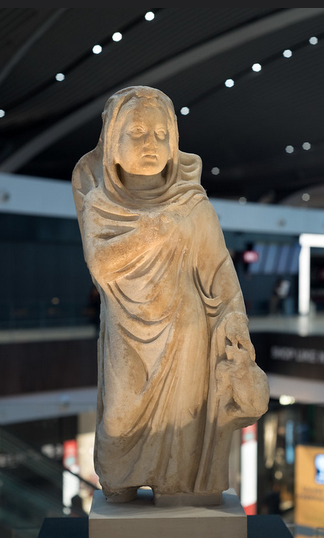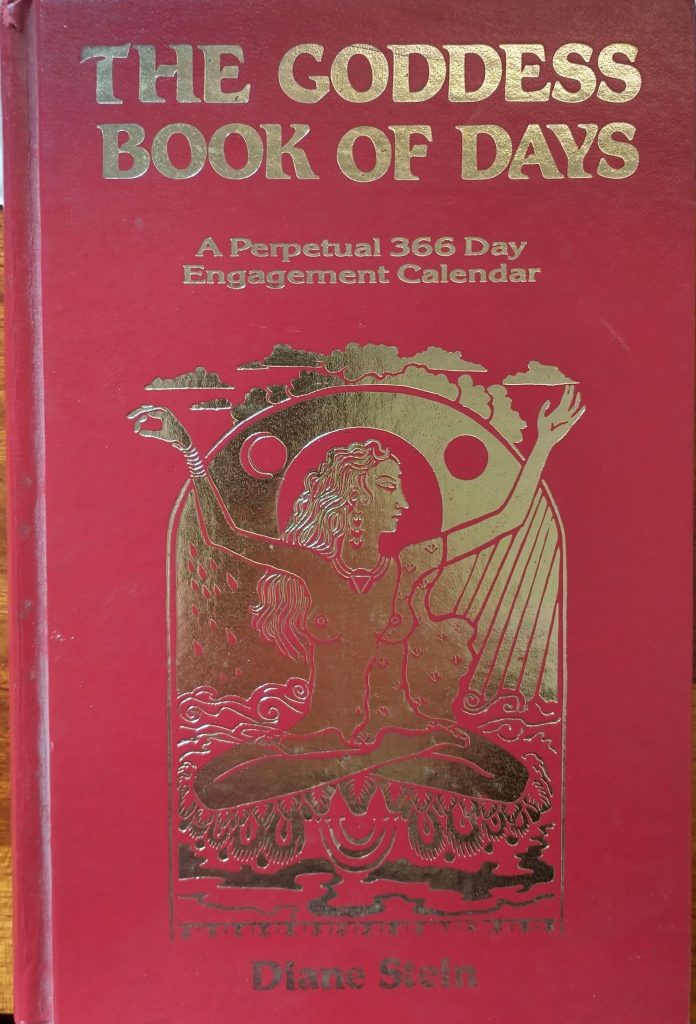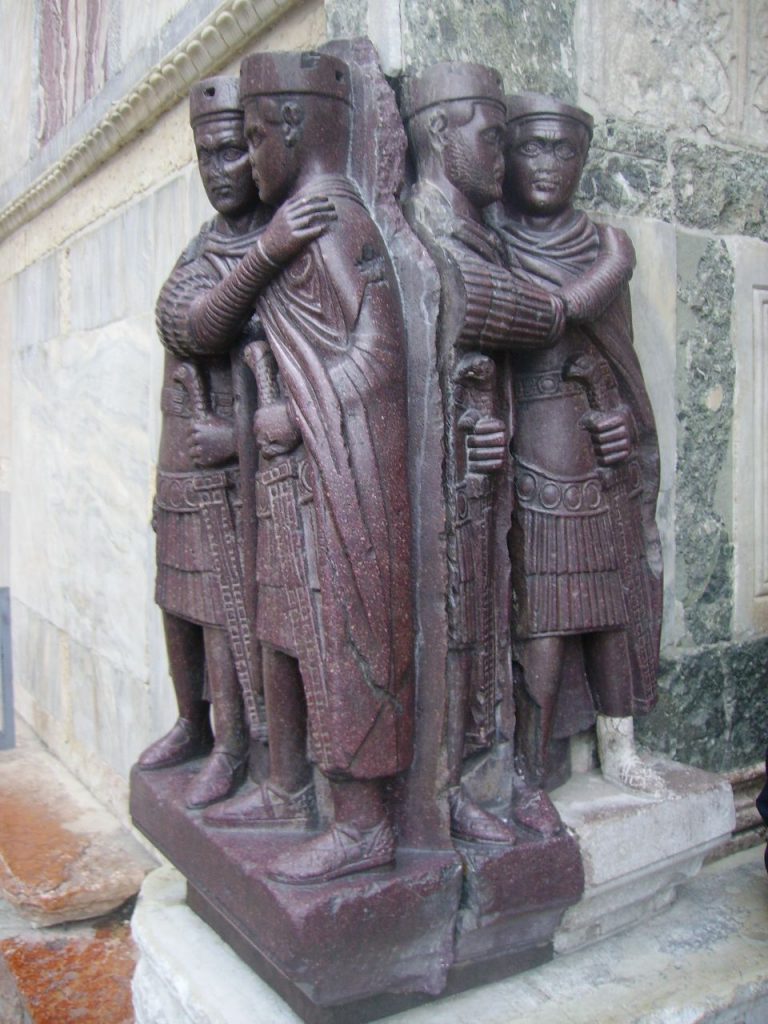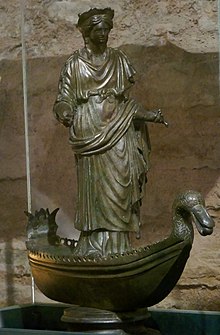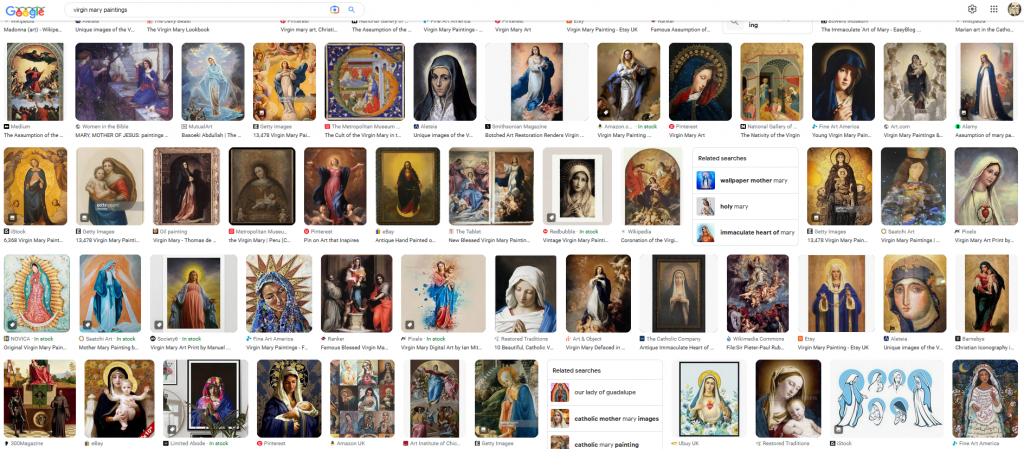
Christmas at Godmersham Park
Fanny Austen Knight was the daughter of Jane Austen’s rich older brother Edward. He, rather strangely to our modern minds, was adopted by distant relatives who were childless. ‘Hey! We have enough boys to be going on with – happy for you to take one, particularly as you own two stately homes!’ as Mr and Mrs George Austen probably never said.
One of those homes was Godmersham Park in Kent, the other was in Chawton, a lovely Hampshire Village where Jane, Cassandra and Mum Cassandra lived, and is now a Museum dedicated to Jane Austen.
Fanny also rather cruelly remembers Jane and Cassandra as being unfashionably dressed and not up with upper-class etiquette. She wrote this when she was an old woman. When she was a teenager and being well brought up she wrote letters to friends of the family and relatyives, and here are extracts from her Christmas letters.
1811 to 1812 Fanny writing to a friend, Miss Dorothy Chapman
‘I don’t know whether I told you that Ms Morris’s are at home for the Christmas holidays. They are very nice girls and have contributed a good deal to our entertainment. None of us caught the whooping cough and have been very well the whole time. We have, in general, had cards, snapdragons, bullet pudding etc on any particular evening and Whist, Commerce and others and tickets were the favourite games. I think when cards fail the boys played every evening at draughts, chess, and backgammon.‘
Commerce is a three card poker type game played with counters. Tickets was Lydia Bennett’s favourite game, which is a gambling game based on luck, and in Pride and Prejudice called ‘Lottery Tickets.’
Bullet Pudding is explained by Fanny in another letter
‘You must have a large pewter dish filled with flour which you must pile up into a sort of pudding with a peak at the top, you must then lay a Bullet at the top & everybody cuts a slice of it & the person who is cutting it when the Bullet falls must poke about with their noise & chins until they find it & then take it out with their mouths which makes them strange figures all covered with flour, but the worst is that you must not laugh for fear of the flour getting up your nose & mouth & choking you. You must not use your hands in taking the bullet out.’
I used to play this as a child at Christmas. We used a coin not a bullet. The contestants walk around the table with the flour pudding on which has a knife ready for cutting the pudding. The Music plays and when it stops the one the knife is pointing at cuts a slice of the flour hoping not to make the flour collapse and the coin fall. Snapdragons is a lively game, you put some brandy in a tray or flat dish, add a few raisins, light the brandy and the game is to pick up and eat the raisins without getting burnt!
Other games mentioned by Fanny
Hunt the Slipper, Oranges and Lemons, Wind the Jack; Lighting a Candle in Haste; Spare Old Noll.
Eventually, the coin will collapse, and the hapless winner, according to Jane’s niece, Fanny.
‘must poke about with their noise & chins until they find it & then take it out with their mouths, which makes them strange figures all covered with flour, but the worst is that you must not laugh for fear of the flour getting up your nose & mouth & choking you. You must not use your hands in taking the bullet out.’
In my family, we pushed the winner’s head into the flour to maximise the fun.
Another niece Anna received Jane Austen’s advice on writing a novel:
‘You are now collecting your people delightfully, getting them exactly into such a spot as is the delight of my life. Three or four families in a country village is the very thing to work on, and I hope you will do a great deal more, and make full use of them while they are so very favourably arranged.’
Jane Austen Virtual Tours Coming up!

Jane Austen’s ‘A Picture of London in 1809’ Virtual Walk
7.30 27th January 2025
With the help of a contemporary Guide Book, Jane Austen’s letters, and works we explore London in 1809
For more details and to book
A Virtual Tour of Jane Austen’s Bath
7.30pm 10th February 2025
A tour of the City of Bath, and a look at the Georgian City that Jane Austen knew and lived in
For more details and to book
Tomorrow I turn towards the Solstice.
The London Winter Solstice Virtual Tour

Sat 21 Dec 2024 19:30
We explore London’s History through its celebrations, festivals, calendars, and almanacs of the Winter Solstice
To book
First Published 20th December 2022, revised and republished December 2023, 2024


